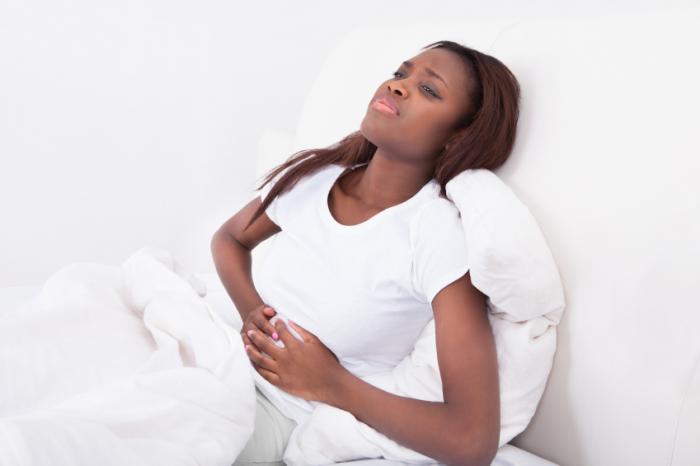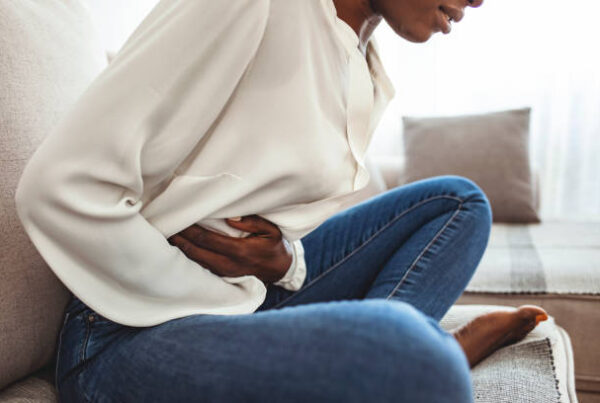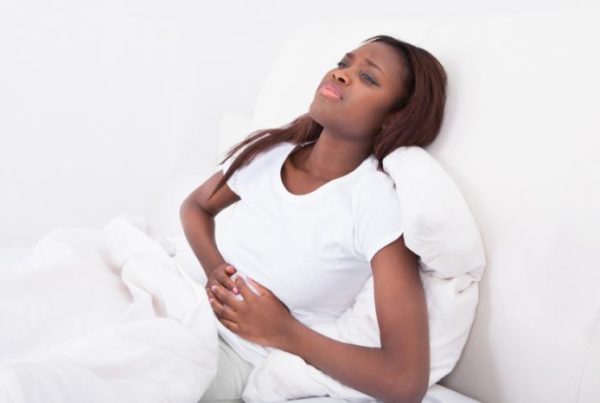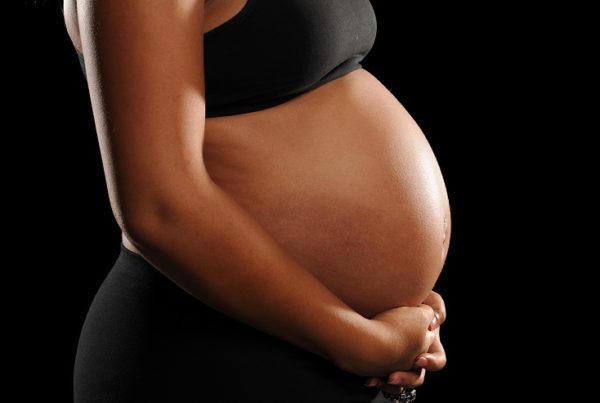Endometriosis happens when tissues lining the uterus grow outside of the womb and it causes adverse symptoms like pelvic pain, cramps, heavy bleeding, pain with sex, and pain with bowel movements, among others.
If you’ve been diagnosed with endometriosis, you may wonder if it’s worth trying to conceive on your own before seeking treatment. The answer is yes, but you should speak with a doctor first. Having endometriosis doesn’t mean you can’t get pregnant. Getting pregnant with endometriosis is possible, even when your condition is advanced although it may not be easy.
Your doctor may advise that you try to conceive naturally for six months (rather than the 12 months recommended for other women). If you don’t get pregnant within that timeframe, then you should speak with a fertility specialist. But you may go straight to a specialist, especially if you’re above 35 when natural fertility declines sharply.
Up to half of the women with endometriosis usually have difficulty getting pregnant and there could be many causes, including poor egg quality, adhesions, or ovarian cysts that block ovulation or fertilization. Based on many factors, including your age and the stage of endometriosis, your healthcare provider may advise you to try getting pregnant naturally for six months. If that does not work, other options are available.
The exact cause of infertility with endometriosis can vary from one woman to the next and multiple causes may be involved. Endometriosis can spread to the ovaries and produce cysts and can cause infertility by either blocking the release of an egg from its follicle or the passage of the egg into the fallopian tube.
Additionally, the overgrowth of tissues can cause adhesions, which are scars that form between tissues inside the body and cause them to stick together. This can prevent an egg from making its way from the fallopian tube to the uterus, or sperm from reaching the egg.
It is known that endometriosis affects the quality of eggs in the ovary, in addition to causing pain during sex that can reduce the odds of getting pregnant by reducing the ability to engage in intercourse.
At diagnosis, your doctor may refer to the stage of the disease, which is a way to describe the severity of your condition based on the location, amount, and depth of tissue overgrowth. The stages may run from stage 1 for the mildest form of the disease to stage 4 for the most severe form.
As a general rule, if you are diagnosed with stage 1 or 2, you are more likely to conceive than if you had stage 3 or 4. But there are exceptions. In some cases, it is possible that with stage 1 you may have more trouble getting pregnant than if you had stage 3 or 4. The risk depends largely on which of your reproductive organs are affected and how.
Staging helps with planning for treatment. Assuming that you are diagnosed with stage 1 or 2 endometriosis and you try to conceive on your own at first, it is not unusual that someone with stage 3 or 4 may proceed directly to fertility treatment.
As stated earlier, the most effective treatment for endometriosis-related infertility depends on your age, the stage of the disease, your infertility risk factors, treatment costs, and personal choice. Fertility drugs alone are not typically used in women with endometriosis, primarily because they don’t improve pregnancy rates much compared to those who try to conceive naturally.
Assisted fertility options include intrauterine insemination (IUI) and in vitro fertilization (IVF). While IUI combined with fertility drugs is the typical starting treatment point if you have stage 1 or 2 endometriosis, the odds of getting pregnant are comparable to natural pregnancy. If IUI does not work, the next step is IVF – a procedure that involves removing eggs and fertilizing them outside of the woman’s body, then transferring them into the womb. It provides the best chance of getting pregnant.
While IUI is the first-line choice as it is less invasive, women with severe endometriosis, older age, or multiple infertility risk factors may opt for IVF first. Note that IVF is sometimes considered as the first-line treatment for women over 35, with stage 3 or 4 diseases, or with additional risk factors for infertility (such as low egg quality or quantity and male factor).
Granted that IVF may not be an option for all couples, because some couples prefer less intensive treatments, or are challenged by the cost, such couples may benefit from multiple rounds of IUI.
Surgery may be required to reduce pain symptoms, and to help increase the odds of pregnancy. If you have severe endometriosis, surgery does not appear to improve success rates for IUI or IVF, but if you have stage 1 or 2 endometriosis, you may have a slightly better chance of getting pregnant spontaneously after excess tissue is removed.
The bottom line is that if you have endometriosis, you can get pregnant, and experience the joy of being a parent to make it worth all of the emotional and physical hurdles. and if you are not ready to raise a family yet, egg freezing may also be an option in women with severe endometrium.





